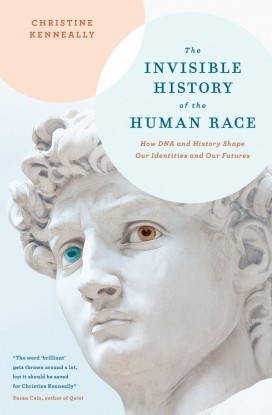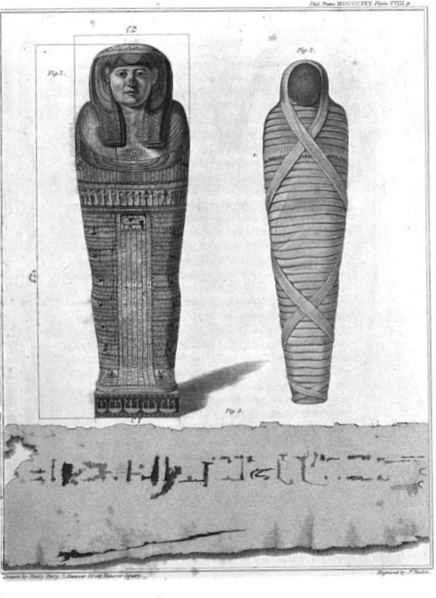The Australian historian Heather Radi died recently in Sydney. She taught Australian history at the University of New South Wales and University of Sydney for many years, and she was on the board of the Australian Dictionary of Biography.
I only met Heather a few times, but I knew of her from when I first began work in the History Department at the University of Queensland in 1970, for Heather had preceded me there during the 1950s, as a student and as a research assistant, and long after she left on a scholarship to the London School of Economics, people still talked about her fondly – and sometimes rather nervously.

Heather Radi, portrait in Dawson and Radi, Against the Odds
Heather was born on a settler block at Mt Tamborine in 1929. Now it is just an hour’s drive from Brisbane, but then the area was quite remote. She was the first of her family to get to university. Unlike most historians, she was good at mathematics, and might have done maths rather than history at university but for the flip of a coin.
After graduating, she went teaching briefly, and hated it. So did I. Then she worked as a research assistant for Professor Gordon Greenwood. So did I.
Those were the days of the God-Professor, whose power within his (with only one exception* always his) department was absolute. Professors like Greenwood kept a stable – I use the term advisedly – of female research assistants who prepared the raw materials for his work. (Greenwood was not the only one – I’ve always wanted to know more about the near-invisible research assistants who helped shape Manning Clark’s multi-volume history.)
In 1984, Heather wrote, ‘The professor exploited me of course as it was my work which enabled him to publish as much as he did, with a few words of acknowledgement in the final paragraph of the preface.’ When I joined the history department it was common knowledge that Heather had written most of the chapter on the 1920s that appeared under Greenwood’s name in Australia: A Social and Political History (1955). This was particularly unfair, not just academically but financially as well, because Australia was a text book that sold widely, went into a second edition, and no doubt earned Greenwood a good deal of money.
The upside of the arrangement was that Heather could write a thesis at the same time. She says:
To compensate for my low salary, I was permitted one day a week to work for a postgraduate degree. I was allowed to enrol for a topic so close to that which I was employed to research that the distinction of when I worked for the professor and when I worked for me was merely a notion in my mind.
I had a similar experience, though by the time I worked for Gordon Greenwood, his powers were waning. One of his earliest and most imaginative books was a study of Australian-American relations in the early 19th century. I was put to work gathering material for a second volume that would take the story of Australian-American relations through to 1901. I spent my time happily enough transcribing reports from American consuls in Sydney and Melbourne, chasing down the Americans at Eureka, and tracing the fascinating story of the Singer sewing machine. No book ever resulted from my labours, but many ideas that I have later played with came from those months of research. A few years after my job as research assistant ended, I snuck into the office one day and nicked all my notes from the filing cabinets. Nobody ever noticed.
One reason why Heather Radi stirred nervous memories at the University of Queensland was because, during her 5 years there, she was involved in a complicated sexual entanglement with two men within the department. In the 1950s she worked in a deeply sexist environment where women were barred from the Senior Common Room, employed in lowly positions on short-term contracts, and very vulnerable. Things had not changed a great deal by the time I arrived; I still clearly remember all of us women – secretaries, tutors and research assistants – reluctantly lining up to kiss the professor goodnight after an ANZAAS conference party in the early 1970s.
Heather was used, and abused, by her experience. She wrote about it openly in 1984, but since she did not mention the men concerned by name, I won’t either. Both are dead, but their children are not.
Many years later I realized that possession of my body had been a minor part of a bitter male relationship, between one man who was eminently successful and widely respected and another subordinate to him, less successful, less capable and resenting loss of patronage….
The men who had made me part of their rivalry each fathered a child in these years and I knew that whatever place I had in their lives it was secondary. I do not pretend that this was other than a bitter discovery but it supplied the incentive for me to complete a Ph.D. and to leave.
She got away. She won a travelling scholarship to the London School of Economics where, as ‘a quaint colonial hangover’, she was required to enrol in a second Ph.D.
I first encountered Heather Radi in the flesh in 1976. By then she had returned to Australia. She taught at the University of New South Wales, then moved to the University of Sydney. She and Peter Spearritt organized a conference on Jack Lang, the remarkable depression era New South Wales Premier. I had never been to a proper academic conference before and I loved every minute of it. I’ve been a bit of a conference junkie ever since.
Heather went on to organize more conferences, and write more books and chapters. She was a generous teacher and mentor. Reading her work again after so many years, I am saddened that I didn’t know her better. I’d like to tell her that things have changed at the University of Queensland – at least a little bit.
Update: Heather’s memory lives on in the Dr Heather Radi Scholarship ‘for Aboriginal or Torres Strait Islanders who display outstanding potential’. Details here.
Heather Radi, ‘Thanks Mum’, in Madge Dawson and Heather Radi, Against the Odds: 15 professional women reflect on their lives and careers (Hale & Iremonger, 1984).
Gordon Greenwood, Early American-Australian relations: from the arrival of the Spaniards in America to the close of 1830 (1944)
Gordon Greenwood, ‘The 1920s’, in Gordon Greenwood (ed), Australia: A Social and Political History (1955)
*The only female professor at the University of Queensland in the 1950s was Professor Dorothy Hill in the Geology Department, but she was not immediately made Head of Department because the selection committee thought a woman would not have the requisite leadership abilities. One member of the selection committee was Gordon Greenwood.











